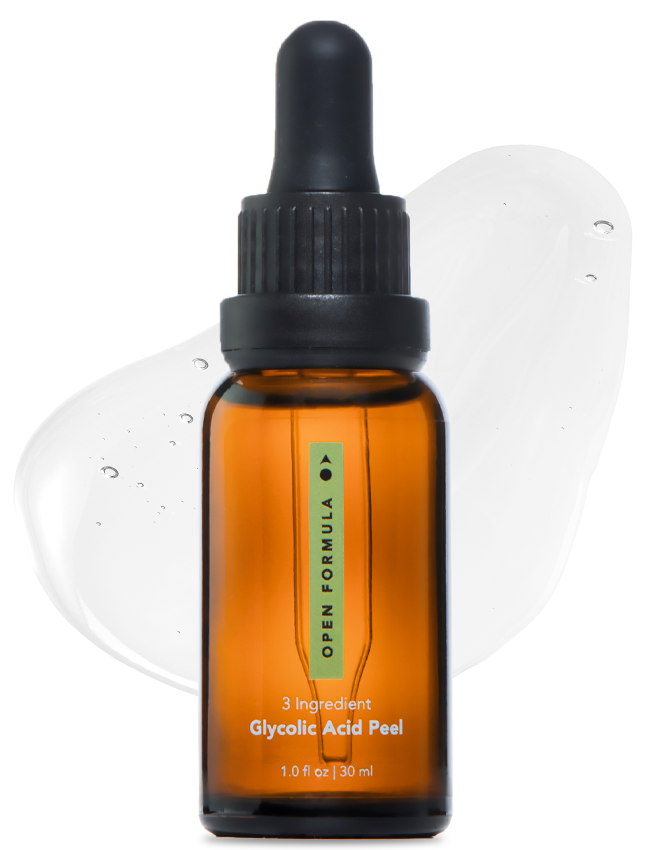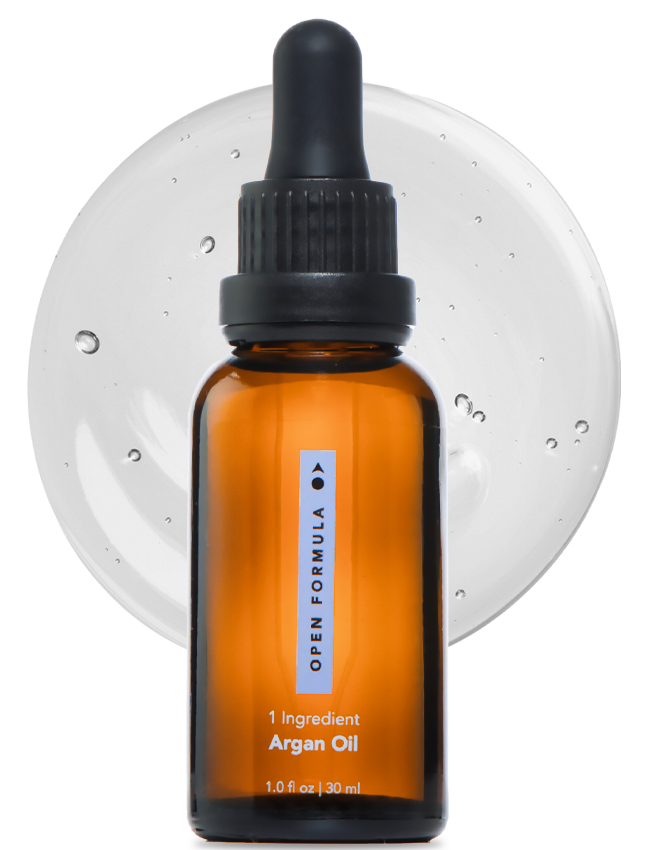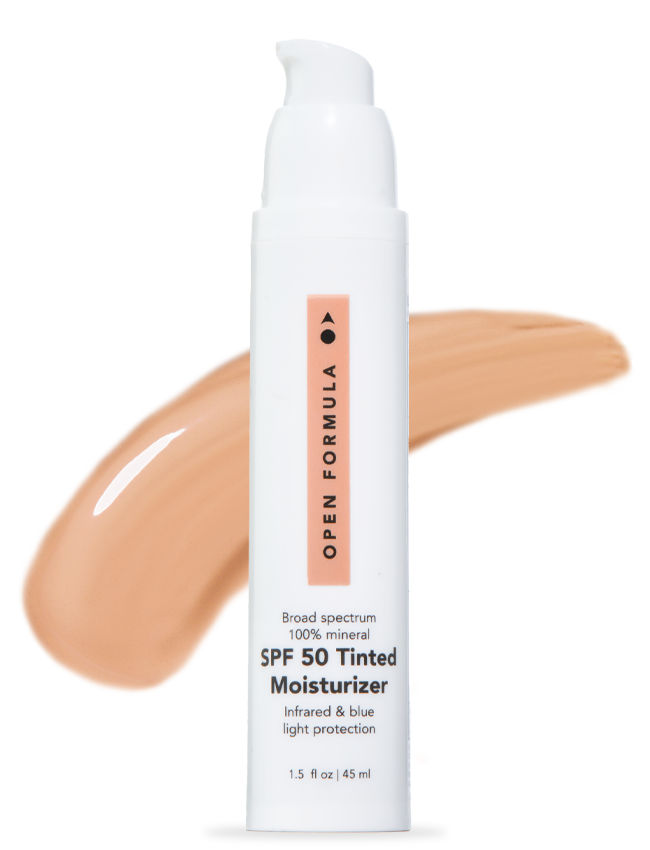Is product choice in the beauty store real? I won’t say outright that they’re making a mockery of the average consumer, but that doesn’t negate the fact.
It’s easy to feel overwhelmed by choices when shopping for beauty products. Think about it: Sephora carries over 5,000 different products. Ulta has over 20,000. And that doesn’t even touch on department stores. It’s a lot—needless to say. The question is, is all this choice real? Or simply a cleverly disorienting illusion.
For a bit of perspective, consumer choice is actually about 20% choice and 80% an illusion. On the surface, the beauty industry offers you an almost incalculable number of choices. But when you dig in, you find that seven big corporations own the top 200 beauty brands. And remember how Sephora carries 5,000 different products. They actually come from only 250 different brands. So these big seven have a bigger stake than it seems from the outside looking in.
And you’d better believe you’ve heard of them: L’Oreal, Procter & Gamble, Shiseido, Coty, Unilever, Estee Lauder, and Johnson & Johnson. Now, imagine if you walked into the beauty store and instead of the colorful, seemingly endless sea of product variety painting the shelves, you saw just 7 brands lining the walls from top to bottom. Much less inviting, sure. But certainly more faithful to reality, too.
Dispelling the Illusion
This begs the question: Why would a conglomerate like Estee Lauder, for example, need 30-some-odd different skincare brands? Aren’t they competing with themselves? And even more importantly what’s really different about them, other than the packaging and the prices? Well, this way, the beauty giants can target not only the mass market and the premium market, but every sub-demographic there is, like tweens, the 50+ market, and so on.
They share the same ingredient suppliers. Many of them even use the exact same contract manufacturing facilities. So really, what’s so different about them? Of course, Big Beauty would love to position these brands as new and exciting. That’s why combined they spend over 25 billion dollars every year on marketing and advertising.
This much firepower with ad spending is nearly impossible to avoid nowadays. It’s not just traditional TV, radio, and magazines. Aside from full-blown ads, a hefty chunk of posts and “user-generated” reviews on social media now are paid for by these corporations under the clever guise of organic testimonials. We’re talking through Instagram, YouTube, Facebook—everywhere.
These paid social reviews (aka “influencer marketing”) are growing at a rate of 500% in 2019. And this typically becomes the information we use to decide what to buy. So the question really is, are we buying beauty products of our own volition or is the choice made for us?
Our Responsibility as Beauty Buyers
Ultimately, the burden is on us as buyers to educate ourselves so we can make informed decisions. There’s readily available information on nearly every ingredient out there. So it is possible to shop functionally instead of frivolously. At the end of the day, brands don’t deliver results. Only ingredients do.
When it comes to skincare, especially, there are only a handful of ingredients that have proven efficacy. These include SPF, retinoids, antioxidants, acids, peptides and a few more.
Big Beauty is all about over-promise and under-delivery. Opt to see these ingredients in the products, along with their concentrations, so you know there’s enough of those ingredients in the product to work and not just print a larger-than-life claim on the bottle. Because ultimately, we as the buyers hold the power because we choose what to buy. So stay educated to make the right choices.
H/t: Business Insider






























